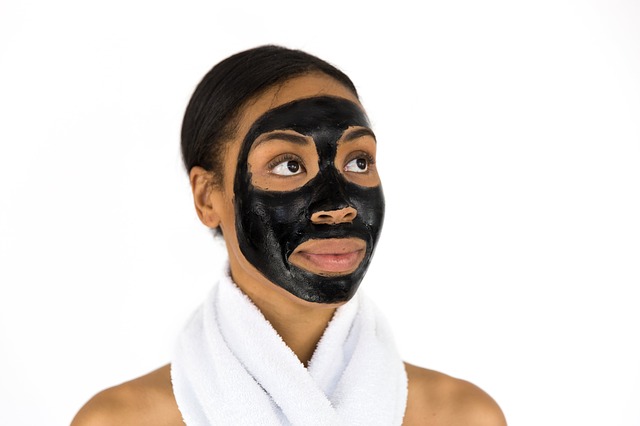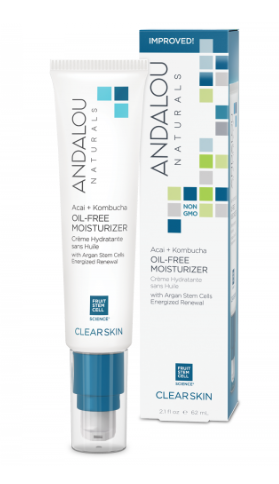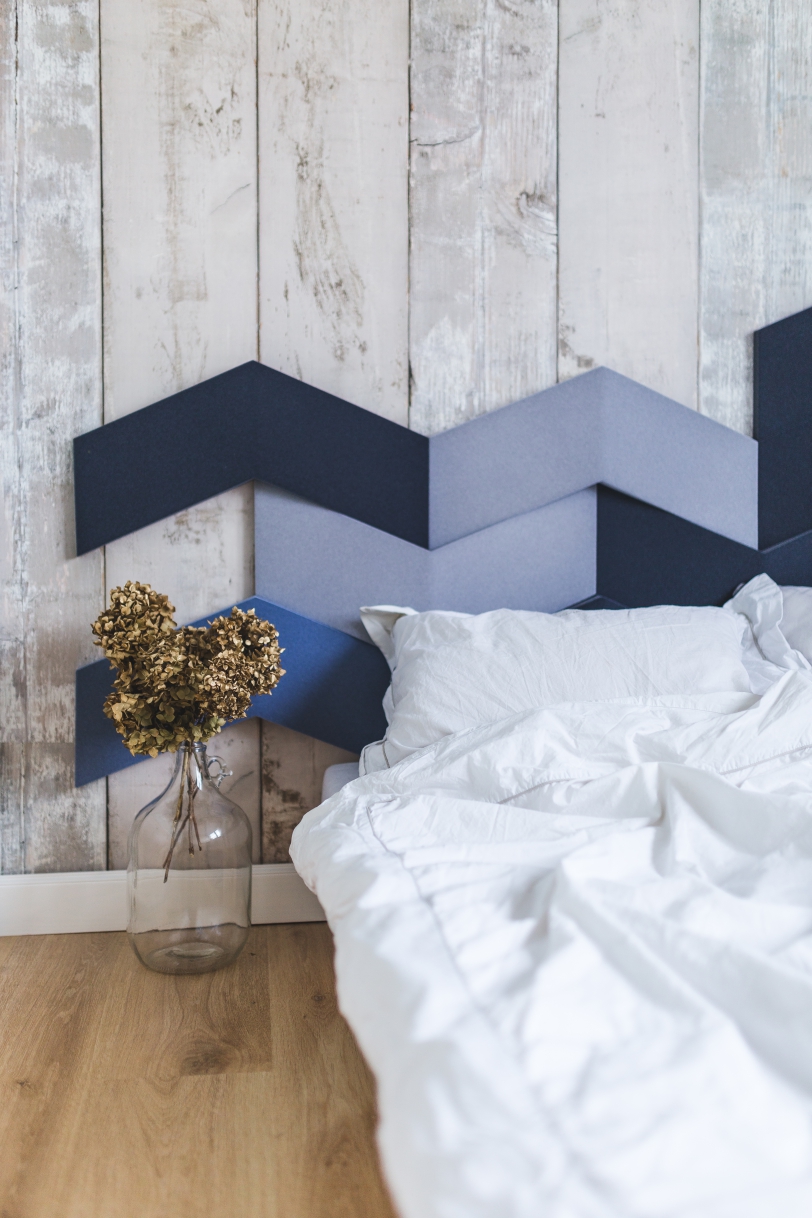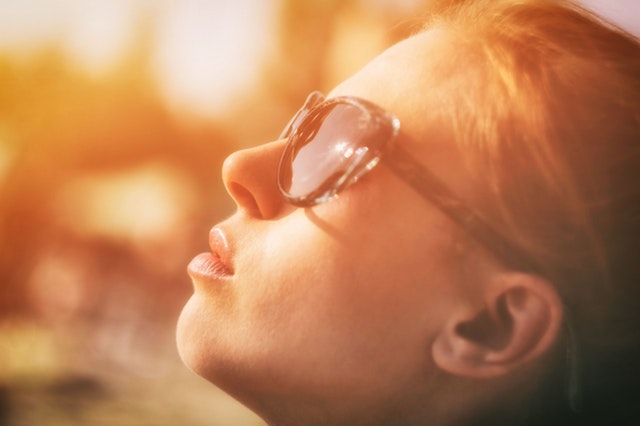
Show your pretty face–milia free–with these helpful tips on relieving a common condition
It’s everyone’s worst nightmare to wake up in the morning, look in the mirror, and find a dreaded bump on your face. Flashbacks of puberty and awkwardness ensue, and all you can think about all day is how that awful pimple got there, what you did to deserve it, and how to get rid of it. But what if the mark on your face wasn’t a pimple at all, but a similar skin condition that seems resistant to any interventions? If you’ve ever woken up to a non-pimple, hard white lump on your face, especially near your eyes and cheekbones, then you know what I’m talking about.
This is milia, a common skin condition that results when keratin (the protein found in skin, hair, and nails) gets trapped under the skin’s surface and causes a small cyst. They frequently appear in clusters and very often on babies’ (perfect—ha) skin, hence its confusion with a separate, hormonally-caused condition, “baby acne.” While there are a few kinds of milia associated with chronic conditions like autoimmune and genetic disorders, most come from a kind of trauma (medicine’s favorite word) to the skin. This could be anything from a burn to overuse of topical steroids, sun exposure, or dermatological resurfacing procedures using microdermabrasion or with lasers.
Much like a pimple, milia are often not too much of a bother pain-wise but can be a huge eyesore (literally, as eyelids and under-eyes are such prevalent spots for them to crop up). Given their usually sensitive location on the face, trying to remove them can be extra challenging (especially since they don’t “pop” easily, like a white head). That’s why the best remedy is time: as trying as it may be, leaving milia alone is usually what gets them to clear up in just a few weeks.
However, you can speed up the process with some gentle skincare routines that naturally encourage skin cell turnover and pore clearing—i.e., what will remove and prevent future keratin blocks.

Face masks are a great way to cleanse pores, exfoliate, and give yourself a diy spa day.
- Steam your face to open pores, then use a gentle exfoliator
- Turn to deep cleansers containing salicylic or glycolic acid if you use them already (if you don’t these chemicals will just further irritate the skin), and if you don’t, be sure to regularly cleanse the skin especially after working out or sweating
- Avoid using heavy face products especially around the eyes. This includes oil-based eye makeup removers, which can easily clog those delicate pores along with the eye makeup you’re trying to wipe away. Check out our favorite oil-free moisturizers here, including Andalou Natural’s probiotic (i.e., good bacteria) formula, for major inspo!
Andalou Naturals Acai + Kombucha Oil-Free Moisturizer
$24.95/2.1 fl. oz.

As with most skincare woes, the best way to take care of milia is to prevent it. Proper and regular skin cleansing and exfoliation is key, but you can also look deeper under the skin’s surface to examine any internal causes of this outbreak. According to Ayurveda, milia is a sign of imbalance of vata (air) when it occurs on the forehead, or pitta (fire) when around the eyes. Either way, your body is showing you that stress is erupting out of your pores, so you need to examine what’s making you feel anxious, lose sleep, and/or become dehydrated. Slow down and take care of your body, and allow it to heal itself from the inside out: no lasers or lances required.
Do you experience Milia? How do you cope with this skin problem?
Also by Jennifer: Medicinal Mushrooms Are Trending Among Celebs. Could You Benefit, Too?
Related: Amber Valletta Says This Surprising Thing Cleared Up Her Adult Acne In Her 30s
7 Anti-Acne Herbs You *Must* Know—Plus, How to Use Them
Get more like this—Subscribe to our daily inspirational newsletter for exclusive content!
__
Photos: Pixabay.com; Andalou.com




